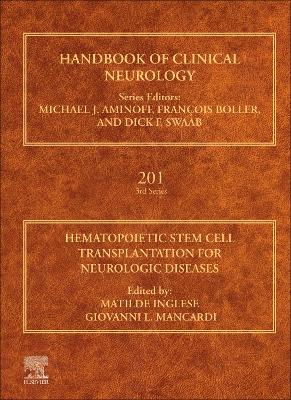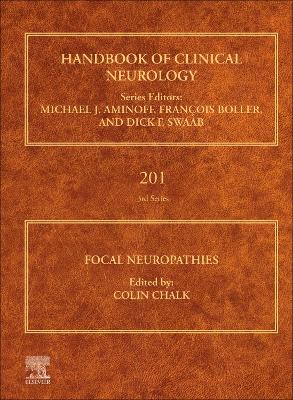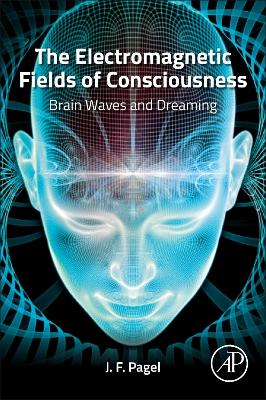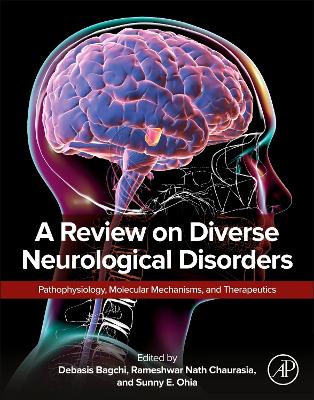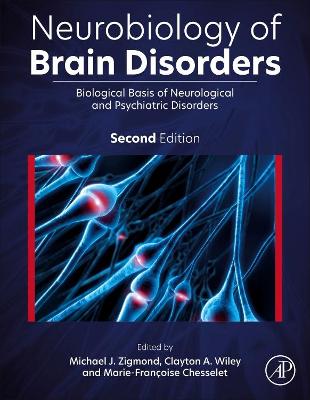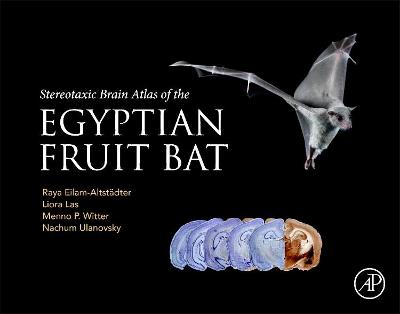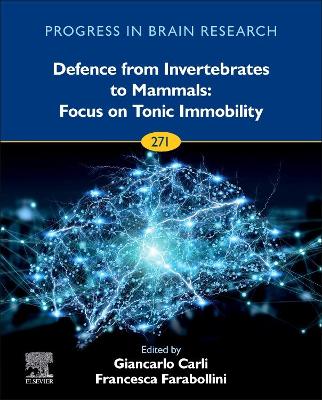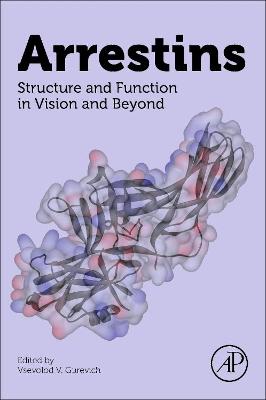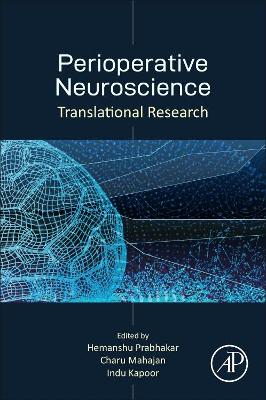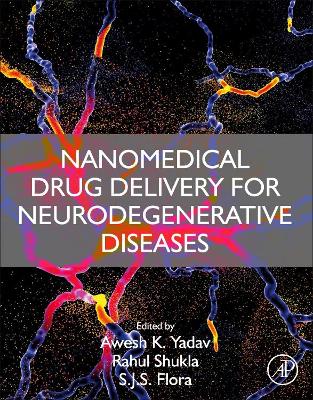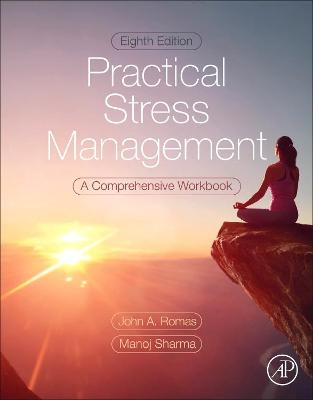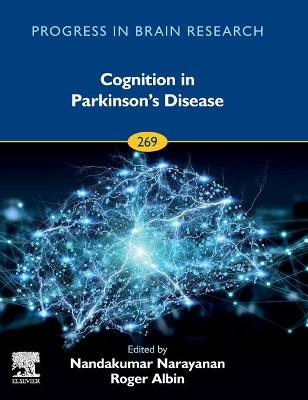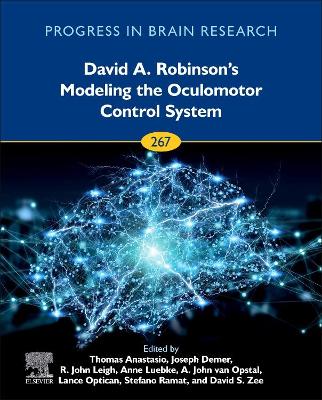Tinnitus and Hyperacusis
 -10%
portes grátis
-10%
portes grátis
Tinnitus and Hyperacusis
Facts, Theories, and Clinical Implications
Eggermont, Jos J.
Elsevier Science & Technology
03/2022
332
Mole
Inglês
9780323919128
15 a 20 dias
540
2. Epidemiology, etiology, and genetics
3. Physiological markers of tinnitus and hyperacusis
4. Substrates of tinnitus and hyperacusis in the animal auditory system
5. Evoked potentials and neuroimaging in humans with tinnitus
6. Tinnitus and hyperacusis: The nonclassical auditory system
7. Tinnitus and the nonauditory brain
8. Loudness recruitment and hyperacusis: The central-gain model
9. Bottom-up tinnitus models
10. Top-down tinnitus models
11. Behavioral and pharmaceutical therapy
12. Neurofeedback and neuromodulation: Hearing aids, cochlear implants, and transcranial stimulation
2. Epidemiology, etiology, and genetics
3. Physiological markers of tinnitus and hyperacusis
4. Substrates of tinnitus and hyperacusis in the animal auditory system
5. Evoked potentials and neuroimaging in humans with tinnitus
6. Tinnitus and hyperacusis: The nonclassical auditory system
7. Tinnitus and the nonauditory brain
8. Loudness recruitment and hyperacusis: The central-gain model
9. Bottom-up tinnitus models
10. Top-down tinnitus models
11. Behavioral and pharmaceutical therapy
12. Neurofeedback and neuromodulation: Hearing aids, cochlear implants, and transcranial stimulation


